Written by: Saman Tariq Malik
Posted on: July 24, 2015 | 
Colorful painted truck art motifs on a street wall on M.T Road, Karachi
This year, however, has seen a positive attitude towards reclaiming public spaces through graffiti campaigns in Karachi and Lahore, which seek to eradicate unpleasant wall messages and communicate a discourse on peace and cultural solidarity. In Lahore, the project was headed, for the second time, by the Message Welfare Trust Organization and Master and Nippon Paints. In Karachi, the graffiti campaign, titled ‘Re-imagining the Walls of Karachi’, was directed by the ‘I Am Karachi’ initiative, and is the first project of its kind in the city.
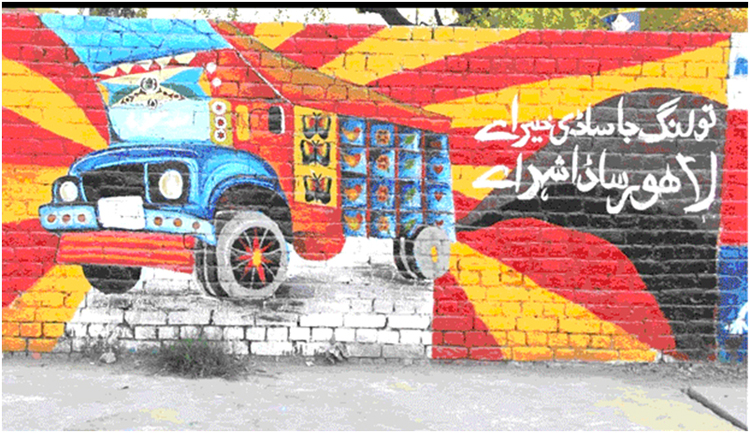
“Colorful graffiti allows for a more aesthetic and visually pleasant experience of cities, one that does not impinge upon individual sentiments in any harmful way”, said one of the onlookers who had come to photograph the walls. True to the fact, this initiative has allowed for a new perception of public space, turning into a celebration of the creative impulse of the people of Karachi and Lahore, who have experimented with cultural themes in an imaginative way.
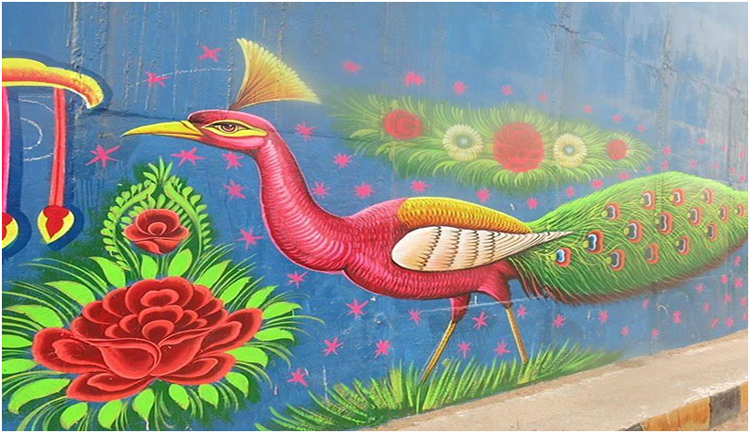
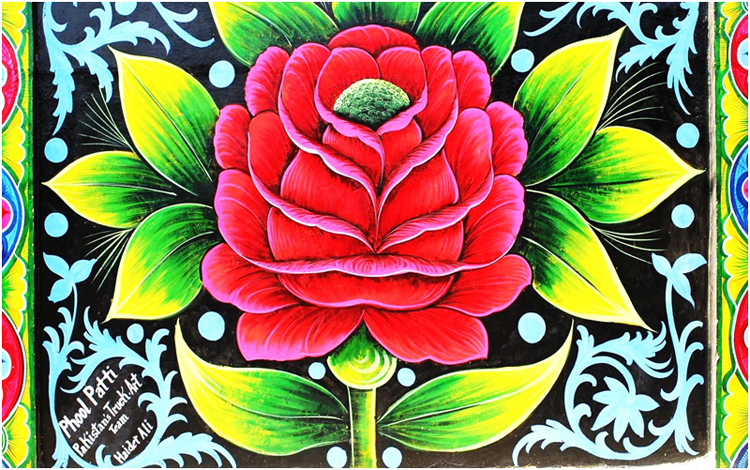
In Karachi, the graffiti is largely inspired by vibrant truck art designs, animals, traditional ralli patterns, flowers, historical monuments, geometric art and landscapes. The boundary wall around Quaid-i-Azam’s Mazaar and the M.T Khan Road is a must-visit, containing simple messages of ‘I Love Karachi’ adorned with beautiful patterns.
In Lahore, the graffiti has a different appeal, as it focuses on messages of faith, unity, the patriotic verses, and the power of the youth. The art in Karachi is more striking and professional in nature, where artists have incorporated stencils for the first time to create intricate images like postcard stickers.
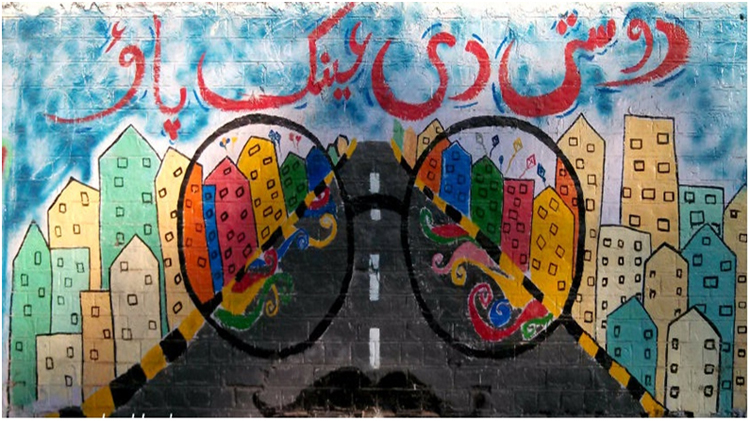
Adeela Shamim, the mastermind behind the Karachi project, mentioned various other smaller projects like Bachon se Tabdeeli, which engages school children in the task of “playing their part on the walls
Despite differing trends in street art, the dominant message promoted by both campaigns has been one of peace and the promotion of the cultural diversity and traditions of Pakistan. For a long time now, the country’s political instability has dominated over and suppressed the development of its arts. Graffiti, as a form of public art, seeks to address this situation. The sense of responsibility displayed by these artists is inspiring, and the response has been encouraging too.
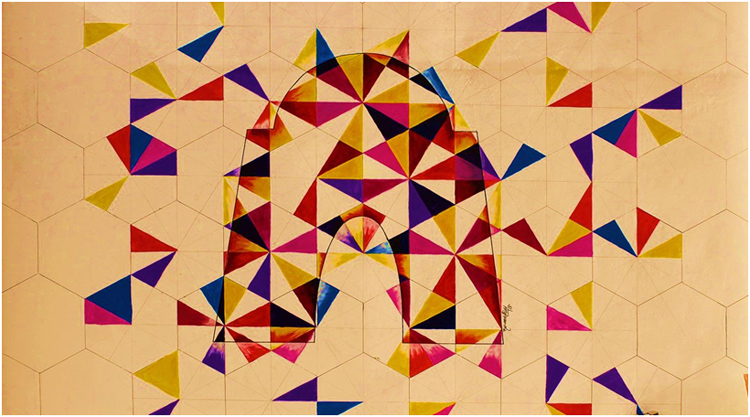
Never before has travelling on the streets been such an enriching experience. Now vehicles and passersby stop to admire the walls that were previously so unpleasant to look at. Furthermore, with the transformation of these walls, the previously gloomy outlook towards the shehr has also been replaced by a more hopeful one. Together, these artists have renewed a sense of pride for our streets, and their efforts are highly commendable.
Click to view picture gallery
You may also like: